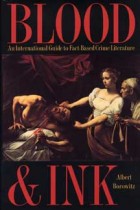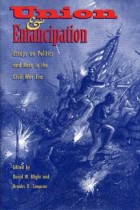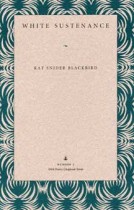Blood and Ink
Albert Borowitz | Filed under: True Crime
Albert Borowitz provides a guide to “fact-based crime literature” focusing on two principal groups of works: non-fictional accounts of crimes and criminal trials, including essays, monographs, journalism, editions of court transcripts, prison histories, and criminal and police biographies and memoirs; and works of imaginative literature, such as novels, stories, or stage works, based on or inspired by actual crimes or criminals. Blood and Ink, with forewords by Jacques Barzun and true-crime writer/historian Jonathan Goodman, will prove to be an invaluable resource to true-crime aficionados as well as to students and scholars of literature, cultural studies, and social history.










